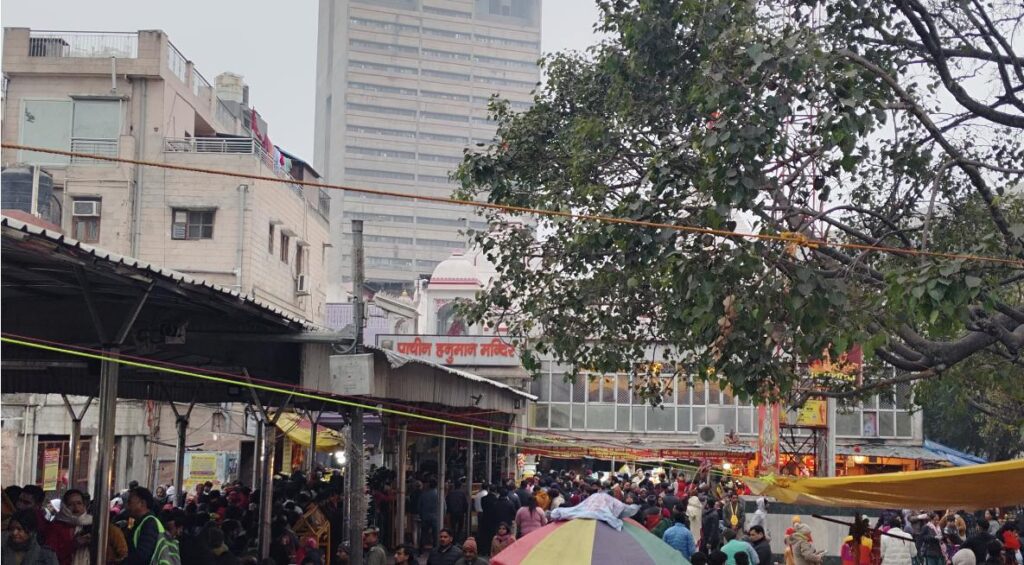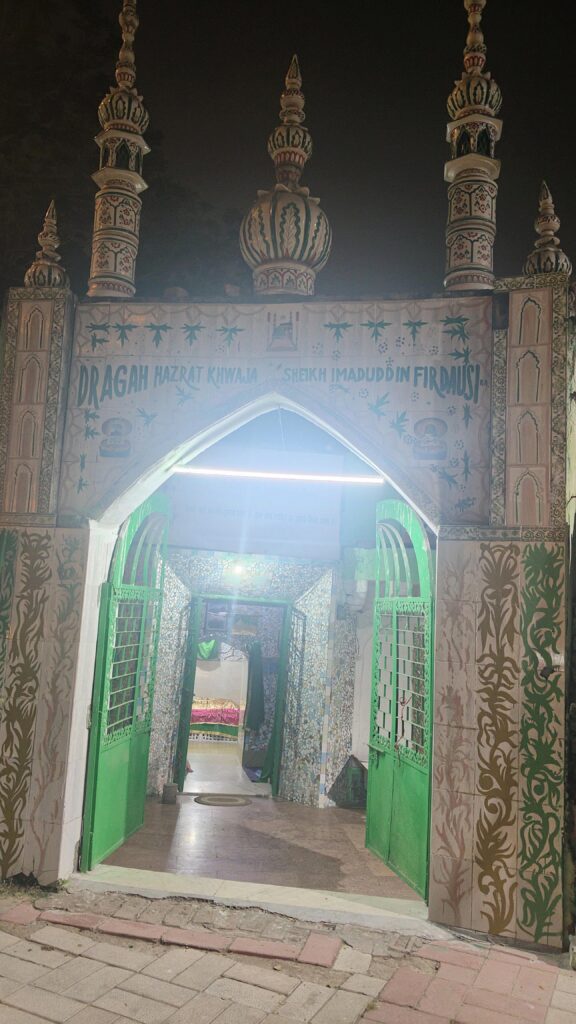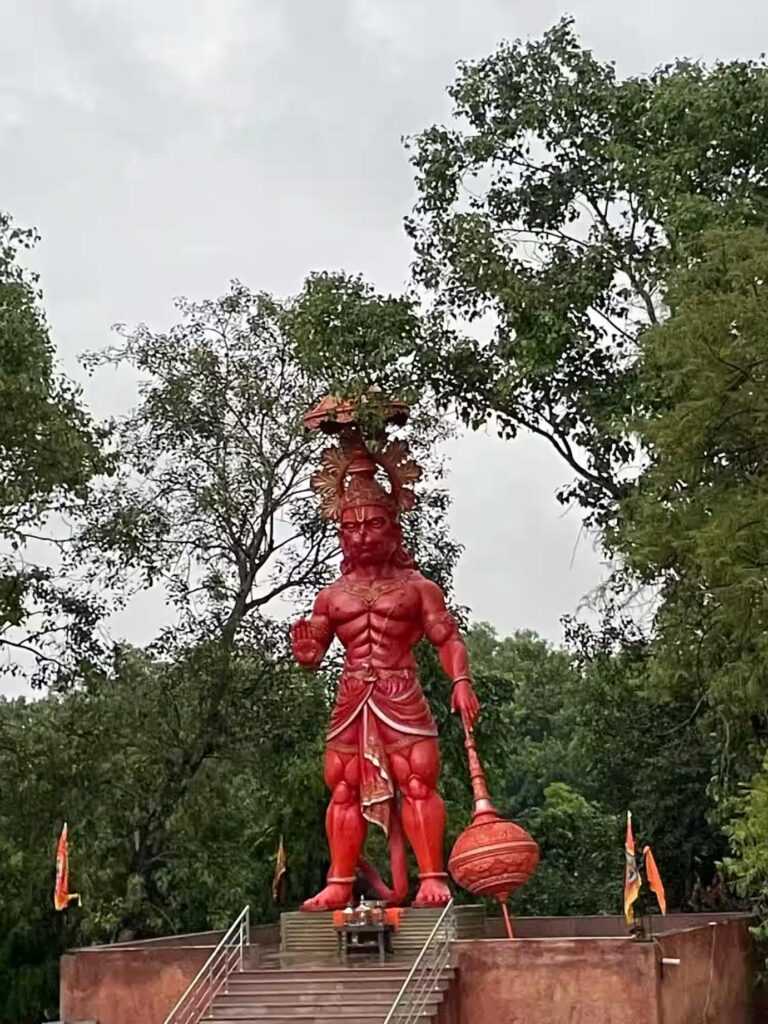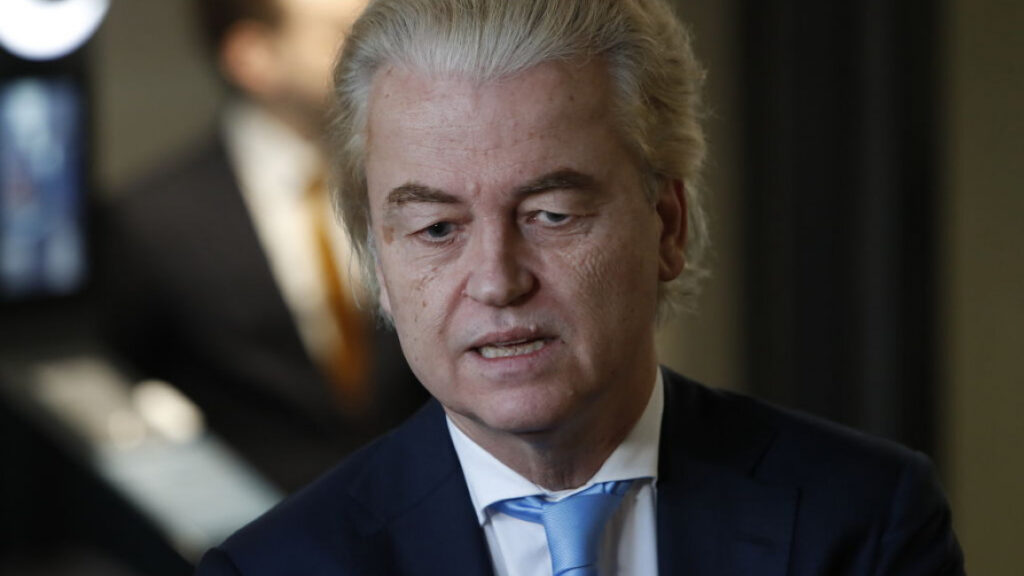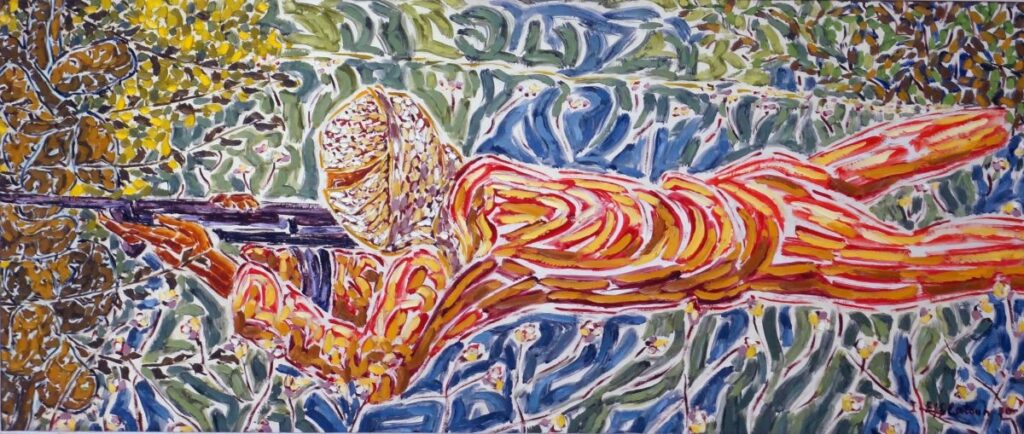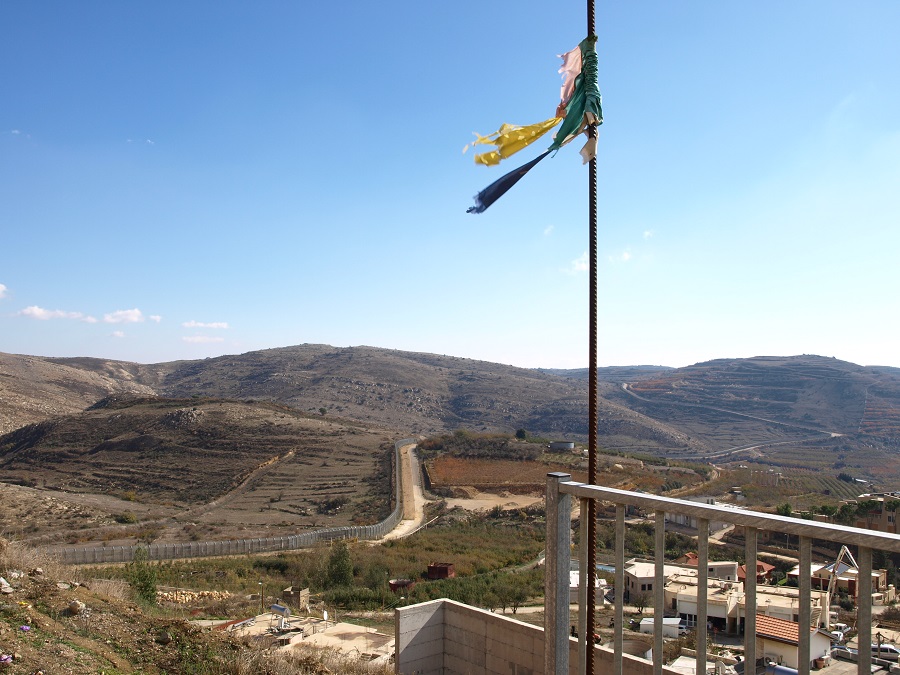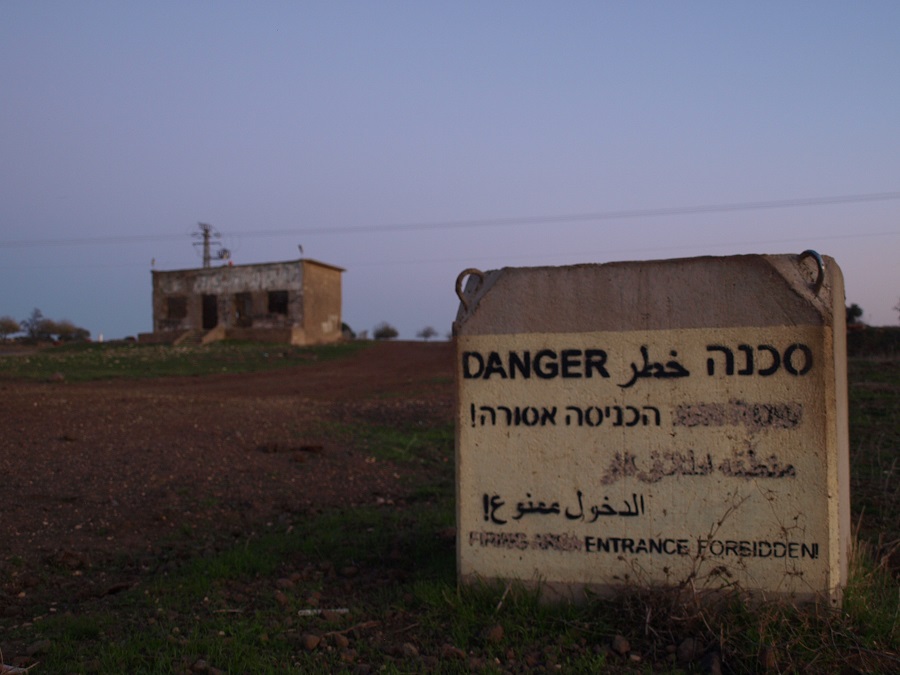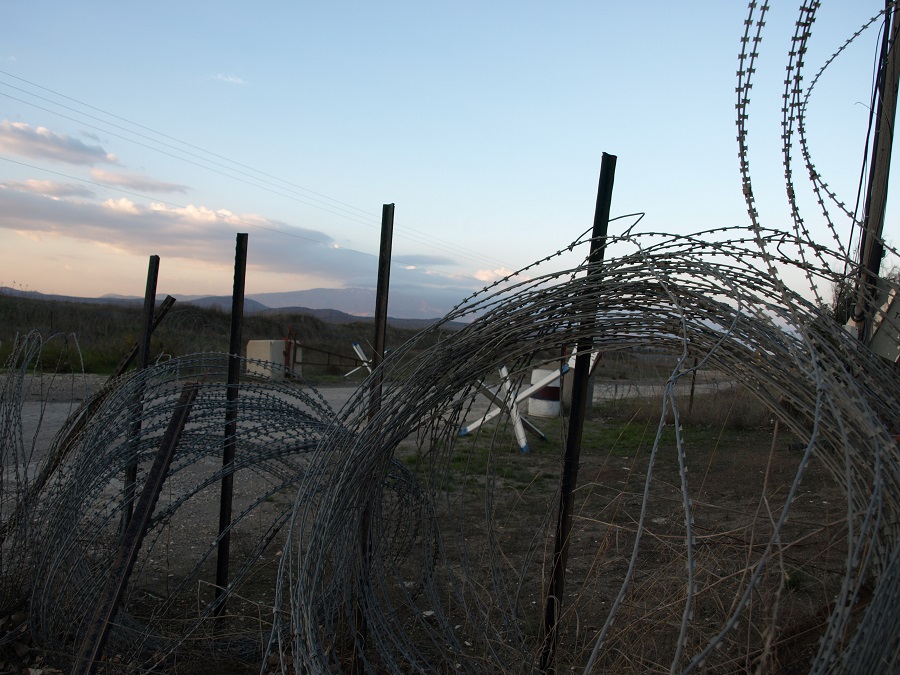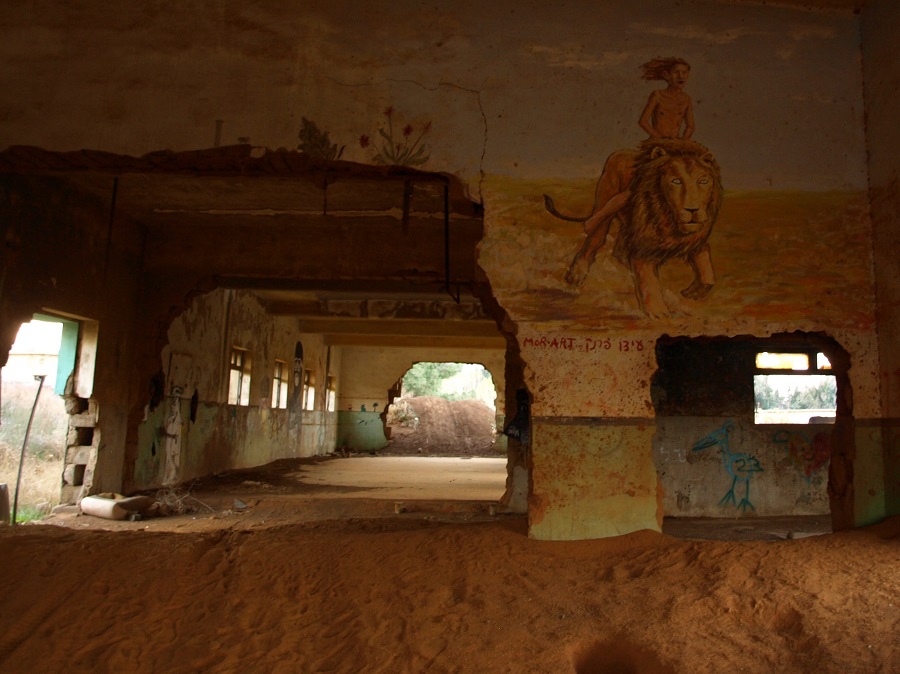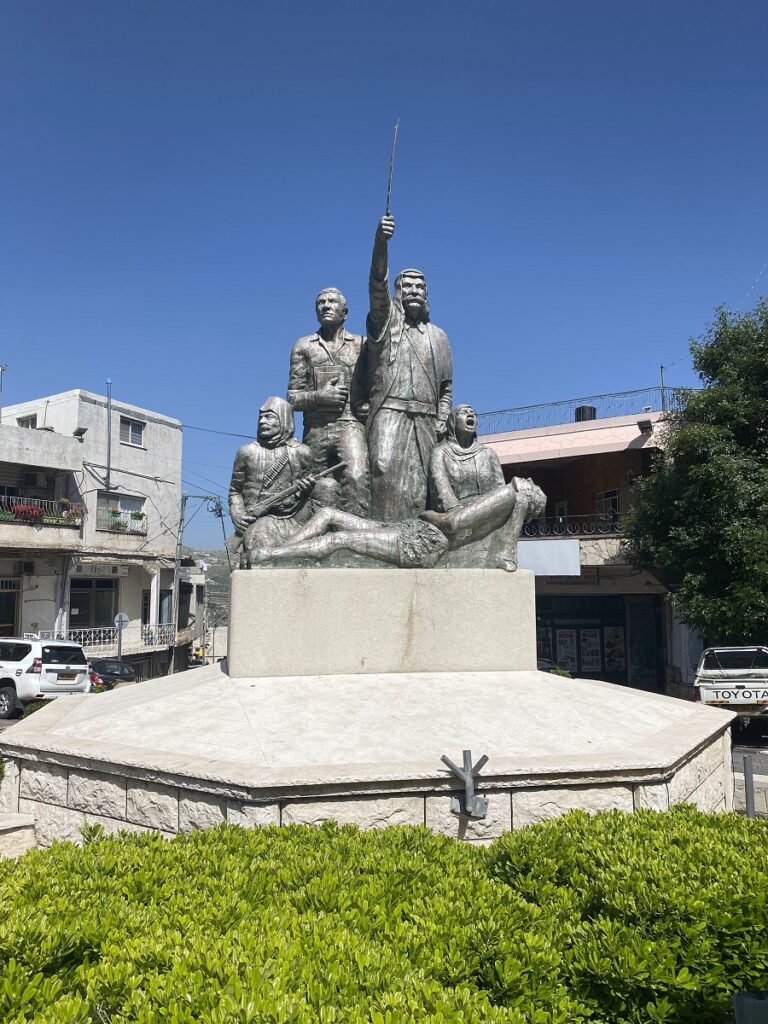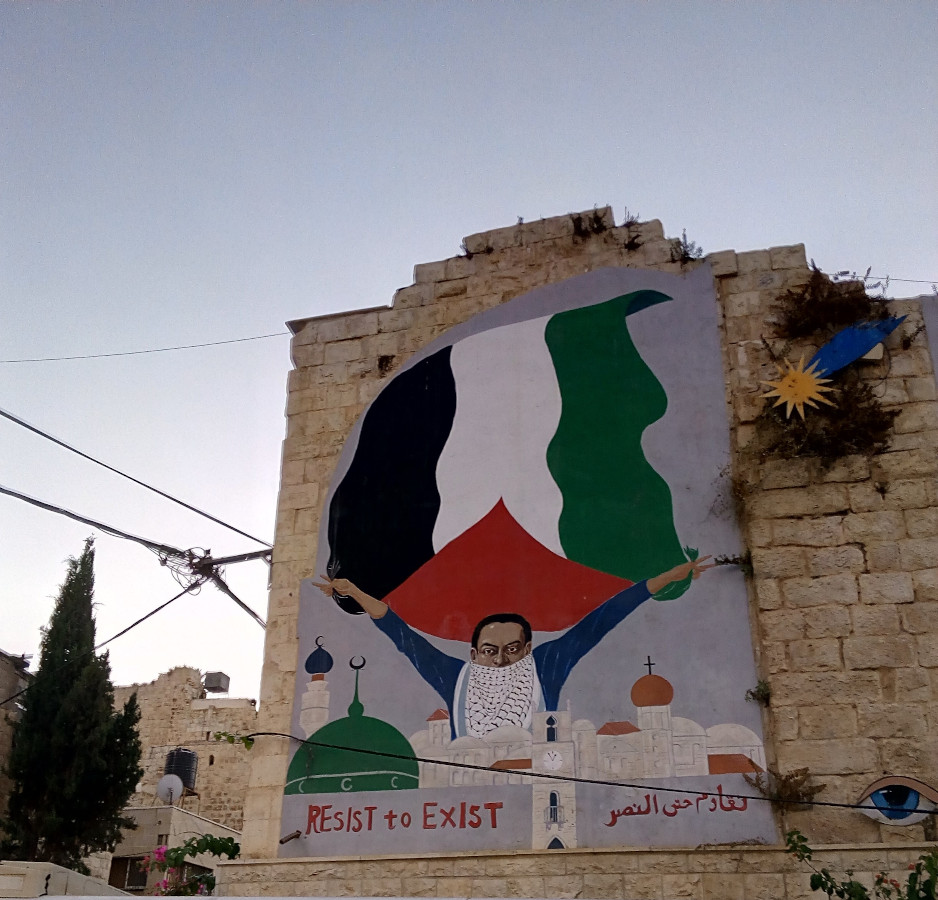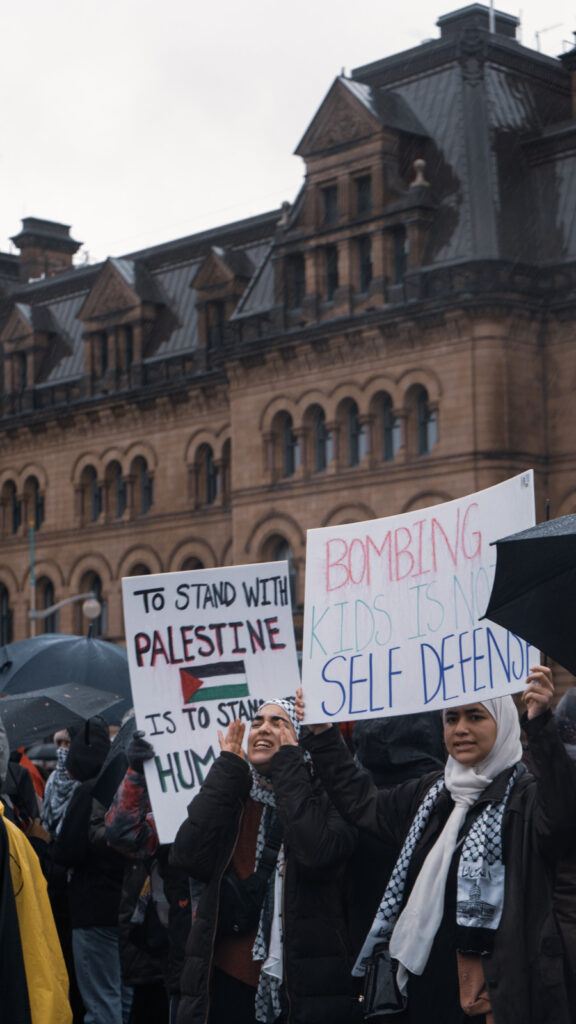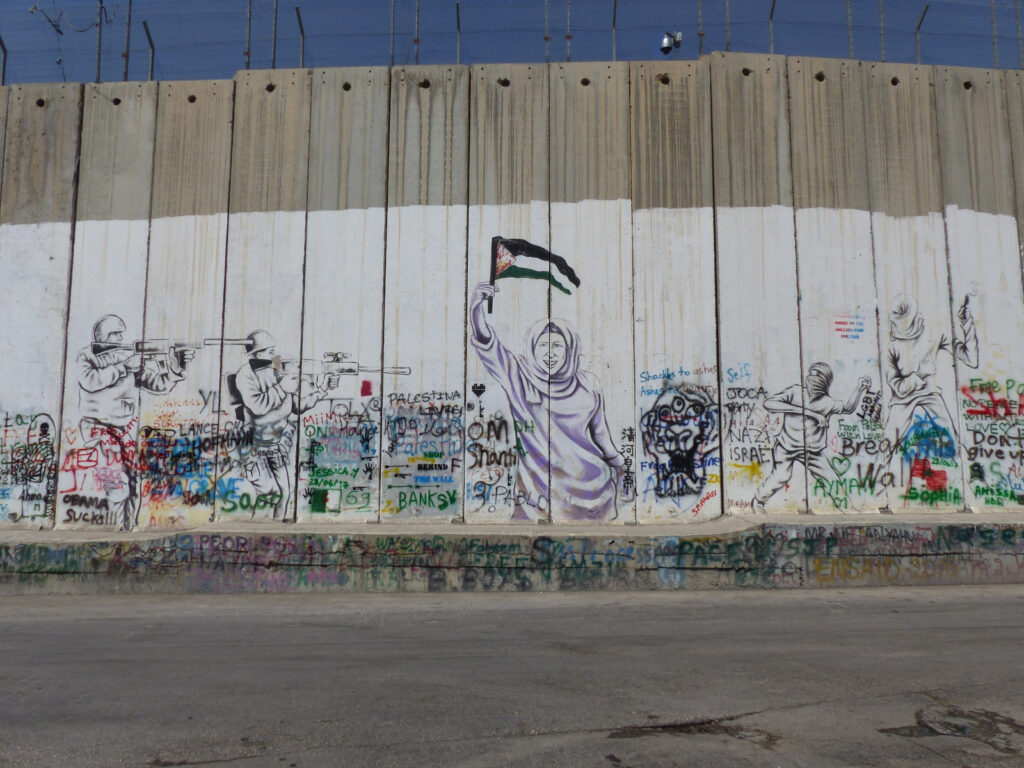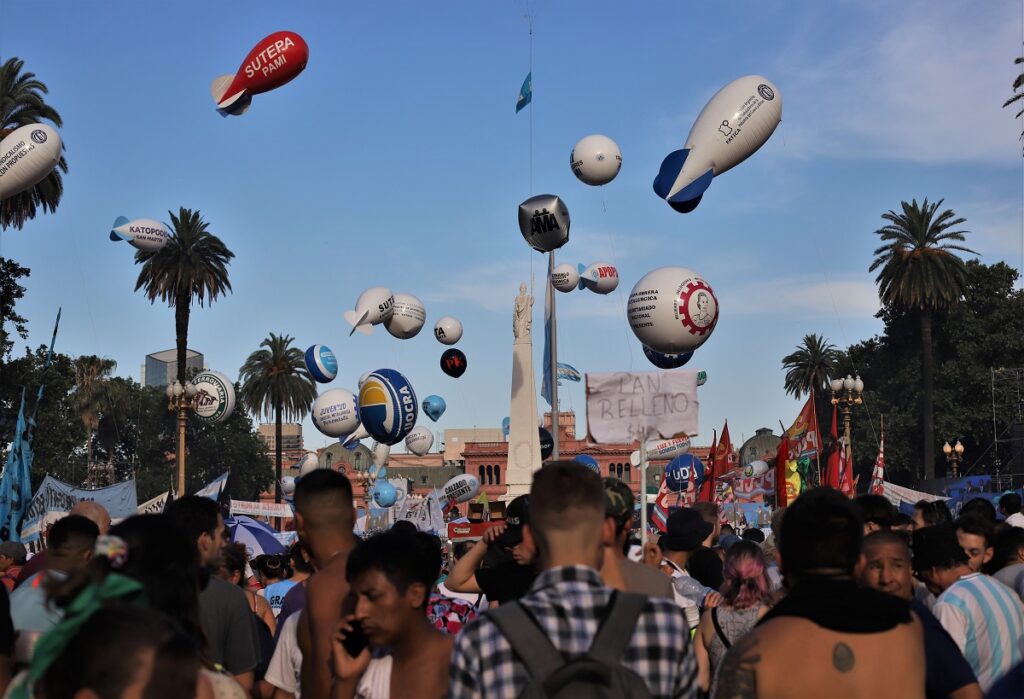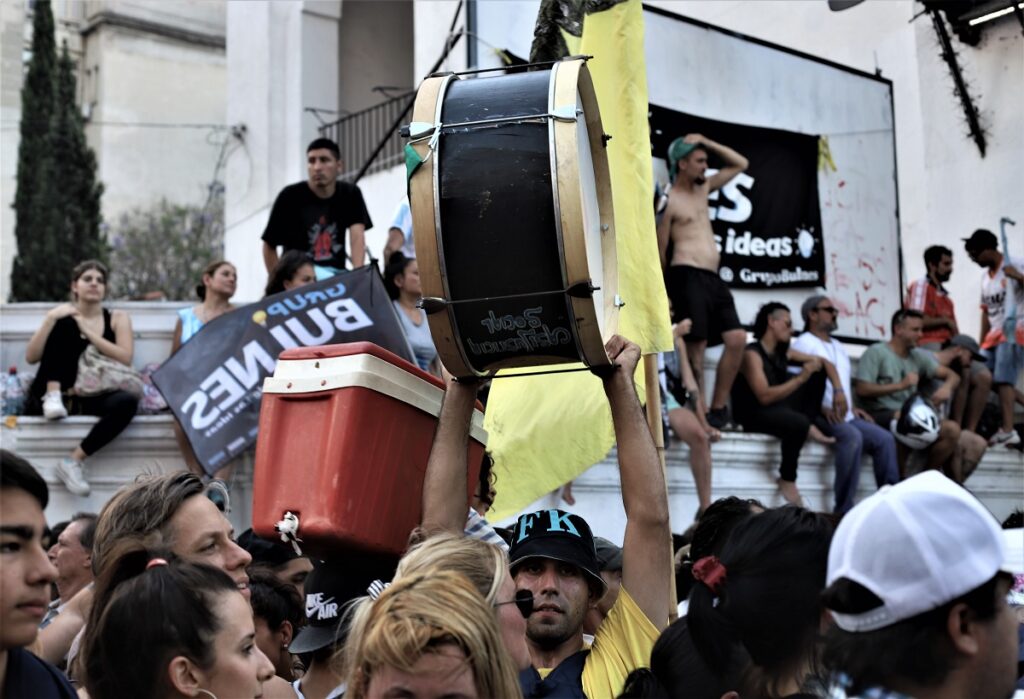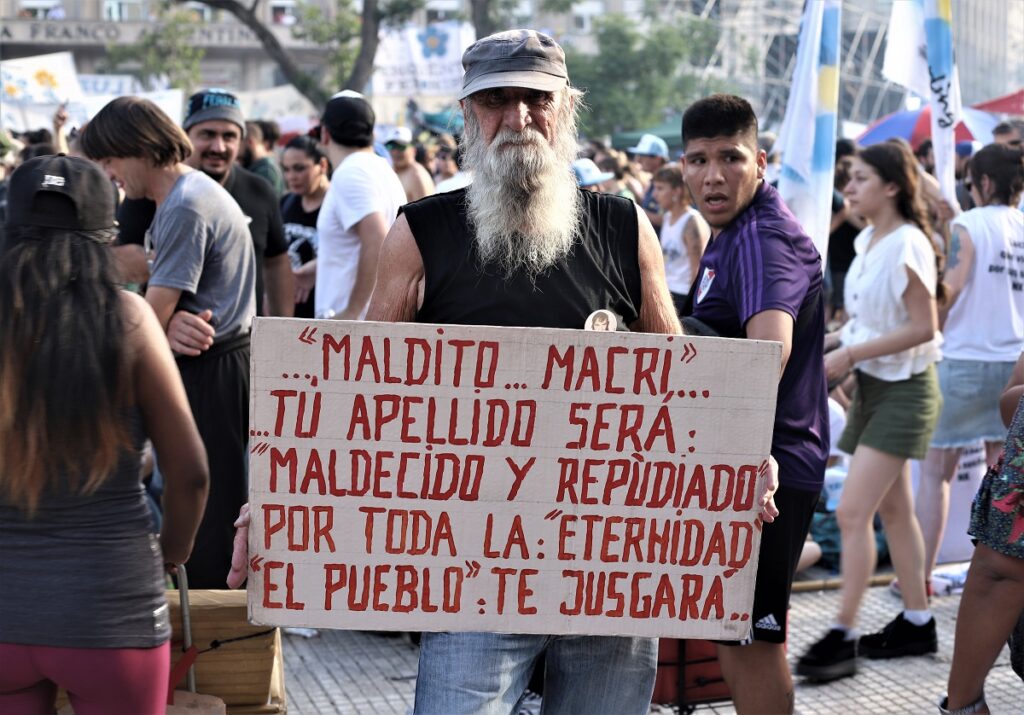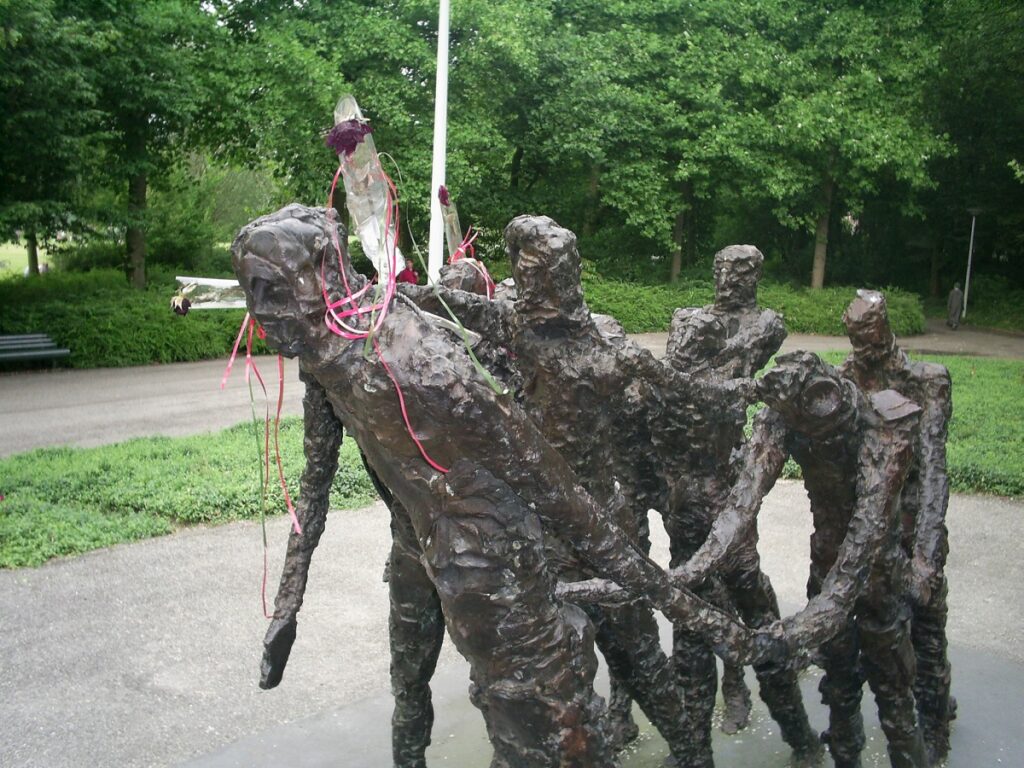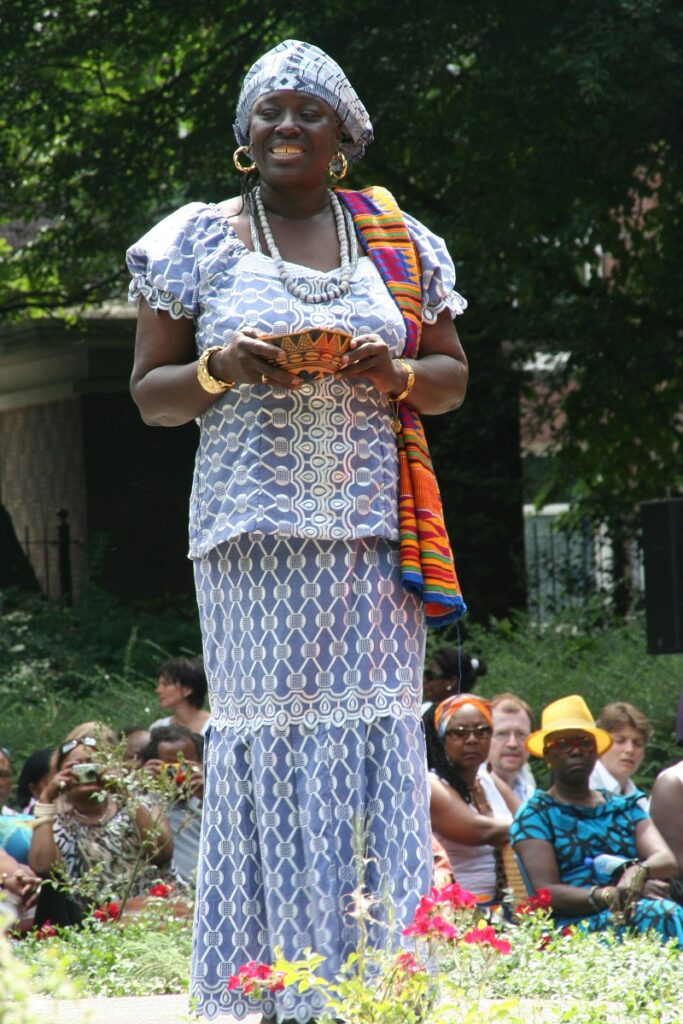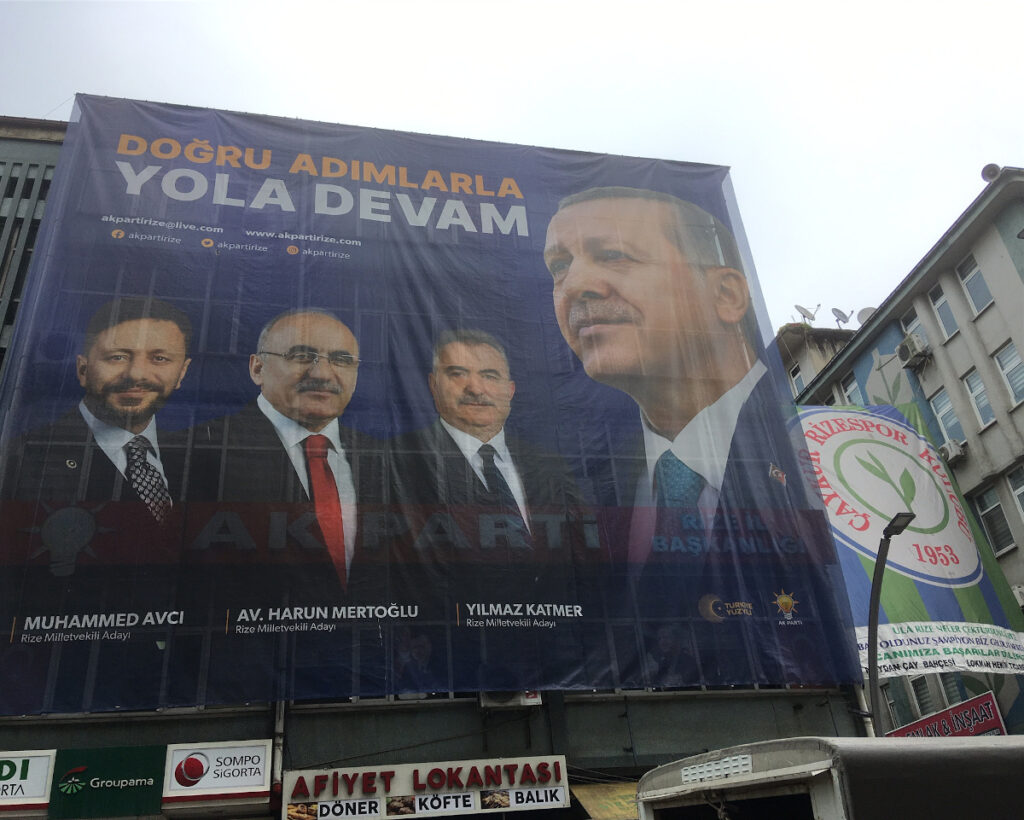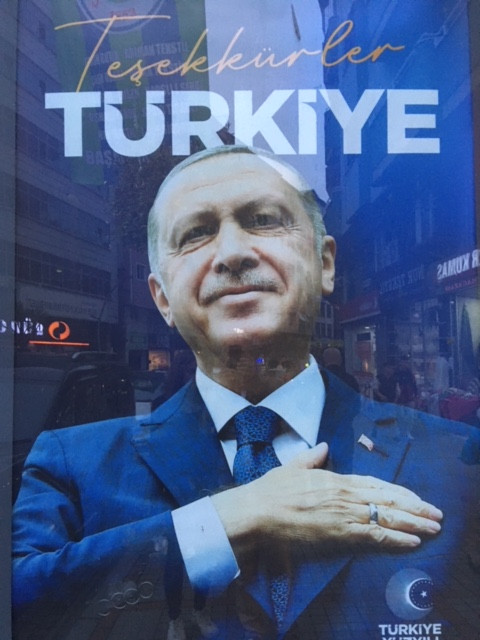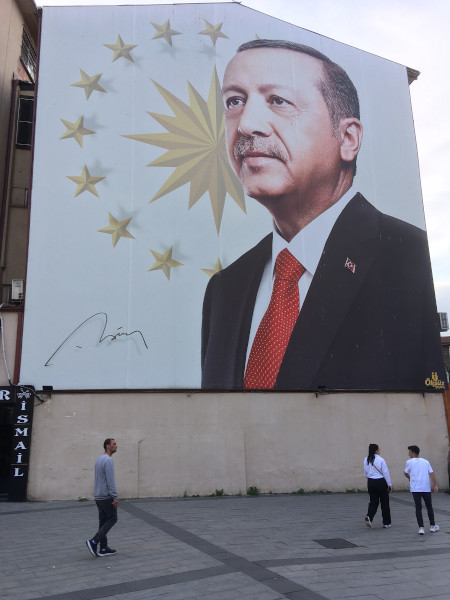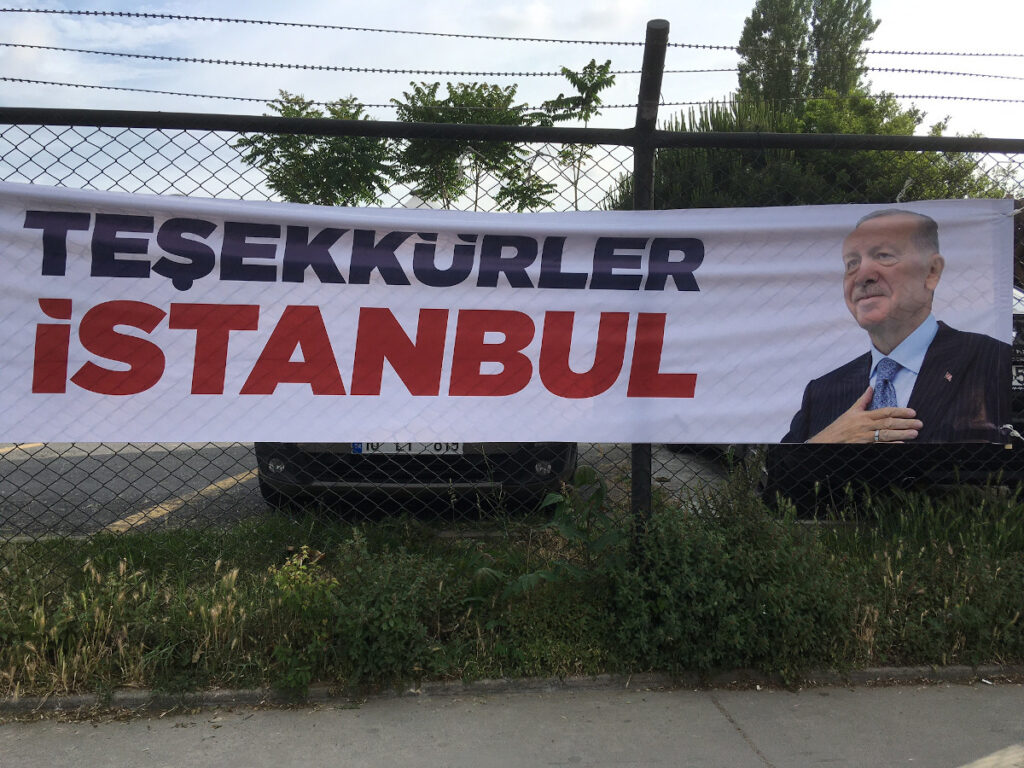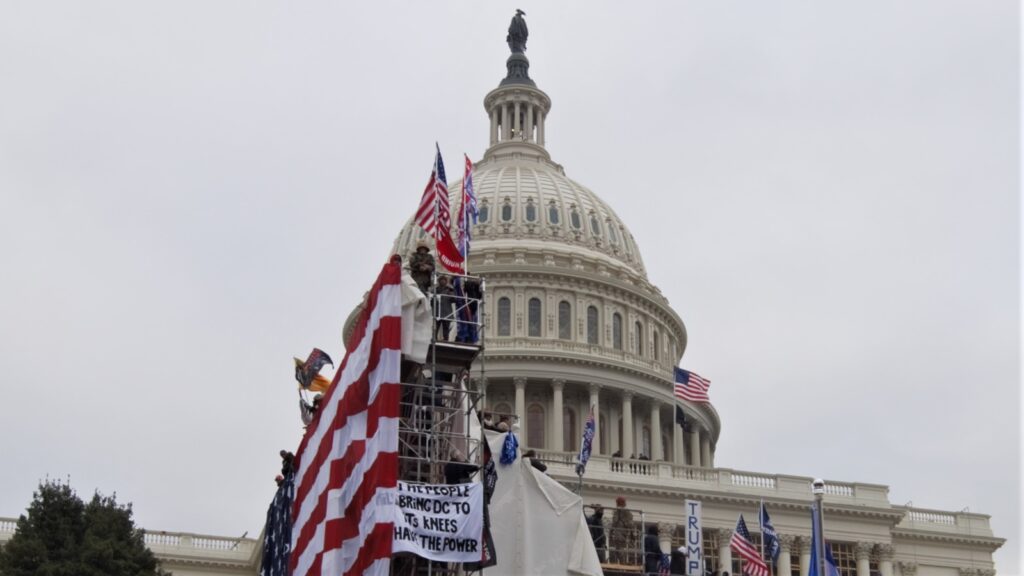
On November 14, 2023, at the University of Toronto, we, the conveners of the Political Economy Discussion Group, an informal transnational group of anthropologists working in political economy, brought together an in-person group of more than 25 colleagues to discuss the question of the status of contemporary fascism. As part of this process, we invited five of us to sketch out their own ideas in short “position papers” on fascism which were pre-circulated. These papers, only slightly revised, now appear as a feature on fascism on FocaalBlog. We hope these will generate and encourage research among anthropologists on contemporary extreme right-wing formations, whether these are called fascism, proto-fascism, “authoritarian populism,” (Hall 1988), “authoritarian statism” (Poulantzas (2014 [1978]), “authoritarian neoliberalism” (Bruff 2014), “illiberalism” (Rosenblatt 2021), or by some other term. Certainly no one will argue that this topic is not timely or in urgent need of discussion today.
Fascism is fundamentally anti-democratic and violent. It attacks the rights of people to criticize its governance regime or to realize their different realms of freedom and relative autonomy in everyday life. Here we wish to think about contingency and alliances as this is where people agree that they are fighting for the right to exist and exercise realms of autonomy in their lives. We are far from sure that we are confronting the same fascisms as in the past, and we believe we need to generate new tools and new analyses as we face our current disasters. In order to contribute to such a discussion, we see it necessary to draw on a wide range of theoretical analyses from both Marxist and other sources. The effort is to illuminate the present and to prepare for what we expect may be coming in whatever way seems most constructive and strategically valuable.
We begin by considering Marxist analyses of fascism, alerted by the warning posed by Alberto Toscano in his brilliant Late Fascism (2023) that drawing historical analogies between the fascisms of the past (notably in Italy and Germany) and the fascism-candidates of the present is at best unrewarding, and at its worst, given the acceleration of the global rise of the ultra-right and the imperative to respond, a waste of time. But we also need to parse out, given the many Marxist theorizations and numerous Marxist theorists of and organizers against past fascisms – who were among fascism’s first victims! – what was most rewarding from those analyses and what needs to be left behind.
The Inter-war struggles by communist and socialist parties, both before and after fascist movements took state power, provoked insightful inter-war critical Marxist theorizations of the causes of the rise of fascism by Gramsci (1971), Trotsky (1971), Clara Zetkin (1923) and others over and against the conservative and liberal formulations that marked conventional scholarship in the West. These analyses were rich in their sense of contingency and their openness to the social contradiction arising from the economic crises brought on by the uneven and combined development of capitalism.
Among Marxists not all interwar theorizations of fascism were the same. Most held that capitalists were crucial to fascist movements in attaining state power and that, once these movements came to power, the fascist state worked to the benefit of capitalists, even if they did not directly lead it, while it consistently showed extraordinary violence against the organized working class and its supporters on the left. However, here agreement among Marxist conceptualizations ended.
Marxist theorizations that were politically dominant within the Comintern saw the growth of fascist movements and the fascist state as no more than a teleological outcome of hypertrophied capitalism at an inevitable stage of its development, with which these other classes came to be inexorably aligned (Renton 2020 [1999]: 79-84). These approaches, when put into practice, had catastrophic effects. To put not too fine a point to it, these interwar Marxist analyses of the German and Italian cases of fascism (i.e., those coming out of the Comintern after 1928 with the ascent of Stalin) were grossly flawed because they defaulted to an economistic and rigid evolutionist account of capitalism. They failed to offer adequate theoretical accounts of German and Italian fascism’s mobilization of their bases through racism, antisemitism, ethno-nationalism, anti-Leftism, and patriarchy associated with their past bourgeois-imperial and colonial histories. These after all were histories of repression, genocide (viz. Germany’s extermination of Hereros), and ethnic cleansing whose effects continue into the present.
We suggest following Toscano (2023) that instead of assuming that liberal capitalist states, including neoliberal states, provide universal safeguards against fascism, that the practices and ideologies of fascism are far from incompatible with liberalism and the liberal state – and in fact lie within them. After all Western liberalism had indulged in colonialism, slavery, and genocide for centuries before Central European fascists began creating their violently vengeful empires. The latter did so with explicit envy and admiration for the earlier white Atlantic expansionism. This means that instead of regarding fascist movements and even the emergence of fascist states as sudden and unpredictable eruptions of political violence incidentally associated with the economic crises of capitalism, we must go beyond the economistic analyses of fascism to explore the “fascist potential” (Toscano 2023) of what appear unexceptional, even “ordinary” features of contemporary liberal capitalist states (e.g., incarceration, police violence toward Blacks in the U.S.) if we wish to more critically explore the possibilities of fascism today.
We start by pointing out that like the prehistories of German and Italian fascism, the histories of other Euro-American political formations (U.S., Britain, France, Belgium, Netherlands) are characterized by the racialized violence of colonization, enslavement, exterminism, and accumulation by violent dispossession of the non-European peoples they came to dominate politically. This has its theoretical corollary. Instead of only undertaking economic analyses of capitalism, there is the imperative of exploring the possibility that late neoliberal states already, like liberal democratic states before them, for historical reasons contain within them fascist potentials. We think, for example of the totalitarian treatment of huge numbers of incarcerated poor and racially marked populations in the United States, or the new state and popular violence against the Roma in central Europe or against North African, Turkish, and other immigrants in western Europe.
Marxist analyses of fascist potentials today must thus take into account the continuities and legacies of racialization, antisemitism, misogyny, and xenophobia that are associated with capitalism as a historical social order but are never merely reducible to its economic logics, in exploring the potential of new fascist emergences as these are occurring globally today. We must instead examine the racialized and gendered violence and ideologies encysted in neoliberal states today and think more of economic crises as the impetus and context for their emergence, instead of being their ‘cause’. In this regard, we could start by drawing on the concepts of racial capitalism, imperialist racism, and abolitionism within the Black radical intellectual tradition of Cedric Robinson, Aimé Césaire, W.E.B. Du Bois, Walter Rodney, Angela Davis, Ruth Wilson Gilmore, and numerous others (Toscano 2023: 25-48).
This might lead us, for example, to see fascist potential in the nostalgic imaginary by the Republican base (many of whom are not economically working class) of a golden age centered on a male “white working class” privileged by industrial employment and U.S. Cold War hegemony in the 1960s and 1970s (Toscano 2023: 8-9). Believers in this white supremacist imaginary, emboldened by Trump’s January 6, 2021 insurrection, form this base that he and the Republican Freedom Party elite now pander to with their MAGA cult of “popular” grievances — that the U.S. is being “invaded” by immigrant “rapists and murderers,” and that “the election was stolen” by “illegal” Black voting in Detroit and Atlanta as well as the age old theme of “the Jews will not replace us.” Above all, Trump and his elite have successfully incited violence against people of color, Jews, women, and trans people – those shut out of the golden age.
Going forward, while continuing to benefit from the classic analyses by Trotsky, Gramsci, Zetkin, et al. of capitalist crises, historical blocs and fascist formations while going beyond them to consider racialized and gendered fascist potentials, we can also draw from non-Marxist critiques of fascism to consider the ideas and practice of democratic freedoms and the ideologies of racism that deployed historical representations politicized in a fascist context. We need to take seriously, for example, the relationship between fascist formations and patriarchal structures as well as the diverse histories and forms of racism employed – from the racial ordering of color and US racism to the images of a Jewish race controlling global power and banks.
We are also attracted to other Marxist approaches which show more strategic openness to trying to tip the balance during periods of fascist ascent by attempting to build coalitions between the organized working class and other classes (e.g., the petty bourgeoisie, peasantry, lumpenproletariat) who could be converted to opponents to fascism, and who might otherwise join fascist movements. There were also strong democratic movements against fascism in many European countries, such as the Popular Front and the French and Italian resistance. These approaches have to be taken seriously in terms of questions of democracy and their possible effectiveness in different nations of the time which did not succumb to fascist domination. Some non-Marxist theories also viewed class relations and class struggle as relevant to the emergence of classical fascisms. However, many such analyses concentrated on fascist ideology or aesthetics, and lacked economic and social context.
For our November 14 session on fascism, we attempted to bring together a broad set of discussions, not in any way limited by the traditional Marxist debates but paying attention to them as part of crucial ammunition for addressing the threatening situation we face today. Are we confronting fascist movements at present that could assume state power by ostensibly democratic means, then transform radically into violent rule? Or are quite different right-wing formations from fascism ascending with very different trajectories if they assume state power?
For the November 14 session, we asked the authors of the blog pieces that follow not so much a factual as an epistemological question to engender discussion, leading off with “How would you know contemporary fascism when you see it, in the one or two cases you know best from your ethnographic or historical knowledge?” We also asked whether the formations in these cases might better be characterized by other terms and theories.
We concluded our questions by pointedly asking our authors about interventions in struggle. If the contemporary right-wing formations now in existence pose a risk to political democracy, peace, and the capacity of large populations to engage in social reproduction – as we believe they do – we asked, “What would be the most effective preemptive responses by the Left to them?” And lastly, “What would be the disposition of social and political forces and economic conditions that would make these responses feasible?” These last two questions were what we as conveners hope that these blogs will provoke the readers of FocaalBlog to respond to, given the grave political crises and economic and ecological contradictions now before us. There is already much practically at stake in these questions: theorists and organizers on the Left are already facing repression from the rising tide of extreme rightwing forces around the globe.
Don Nonini is Professor Emeritus of Anthropology, University of North Carolina, Chapel Hill. His latest book is Food Activism Today: Sustainability, Climate Change and Social Justice (New York University Press, 2024). His new research project examines racial capitalism and its eco-politics.
Ida Susser is Distinguished Professor of Anthropology at Hunter College and the Graduate Center of the City University of New York, is currently studying urban social movements, class and commoning in France, Spain, and the United States.
References
Bruff, I. 2014. “The Rise of Authoritarian Neoliberalism.” Rethinking Marxism 26: 113-129.
Gramsci, A. 1971. Selections from the Prison Notebooks. Q. Hoare and G.N. Smith, eds. New York: International Press.
Hall, S. 1988. The Hard Road to Renewal: Thatcherism and the Crisis of the Left. London: Verso.
Poulantzas, N. A. 2014 [1978]. State, Power, Socialism. London: Verso.
Renton, D. 2020 [1999]. Fascism: History and Theory. London: Pluto Press.
Rosenblatt, H. 2021. “The History of Illiberalism.” The Routledge Handbook of Illiberalism. A. Sajó, R. Uitz and S. Holmes. New York: Routledge, pp. 16-32.
Toscano, A. 2023. Late Fascism: Race, Capitalism and the Politics of Crisis. London: Verso.
Trotsky, L. 1971. The Struggle against Fascism in Germany. London: Pathfinder.
Zetkin, C. 1923. “Facism.” Labour Monthly, August 1923, pp. 69-78.
Cite as: Nonini, Don and Susser, Ida. 2024. “Introduction: Fascism, Then and Now.” FocaalBlog, 24 January. https://www.focaalblog.com/2024/01/24/don-nonini-and-ida-susser-introduction-fascism-then-and-now/
